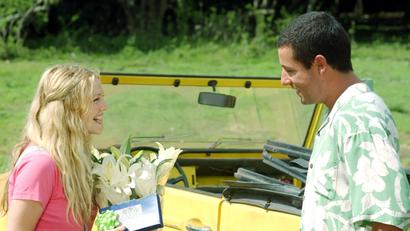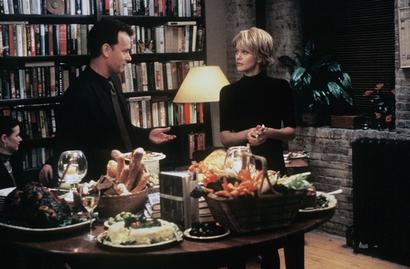
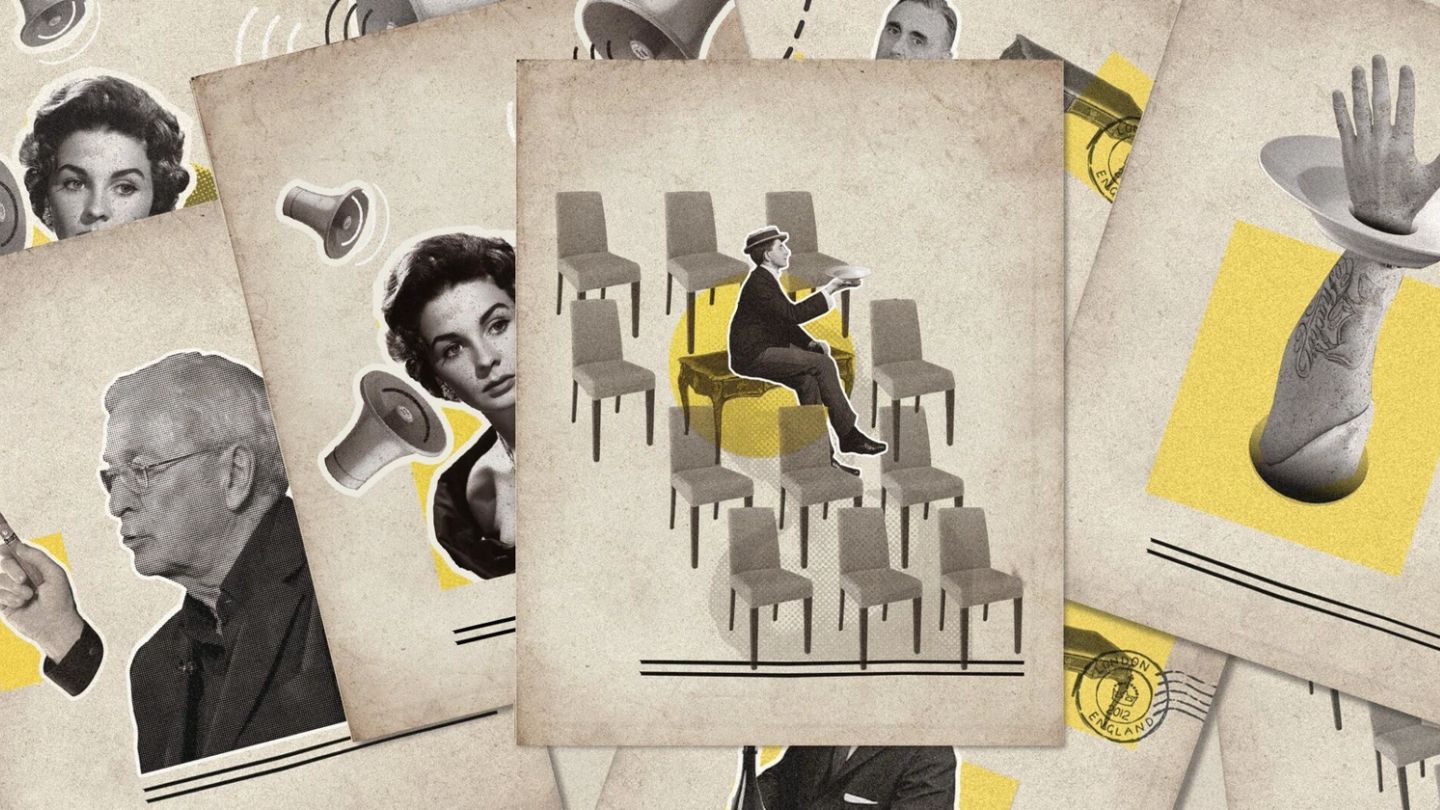
Are you sitting in Siberia? The politics of restaurant tables
They're the worst seats in the best dining rooms — but how do you know if you're sitting in one?
Words: Joseph Bullmore
They call it Siberia. Spend a couple of hours in its chilly embrace and it’s not hard to see why. Cold, dark, reeking of punishment and powerlessness, its barren stretches are populated chiefly by exiles, dissidents and the poorly trousered.
But unlike the frozen Russian province, this one comes with some serious consequences. Sure, a week with the boys up in Vladivostok might cost you a finger or two in early-onset frostbite. But a three-courser down by the fire exit will really hurt you.
(I had a great aunt who found herself housed accidentally one Thursday behind a temporary balustrade in the nether regions of the Savoy. By midnight we’d changed the locks on the orangery and she was never allowed to pet the weimaraner again. Blood may be thicker than water, but it’s much thinner than decent sauternes.)
But how can you escape a similar fate — or at least spot the tundra rushing towards you when the winds finally turn? Here are the five questions to ask yourself as the waitress accompanies you to your perch for the evening.
Who are your fellow inmates?
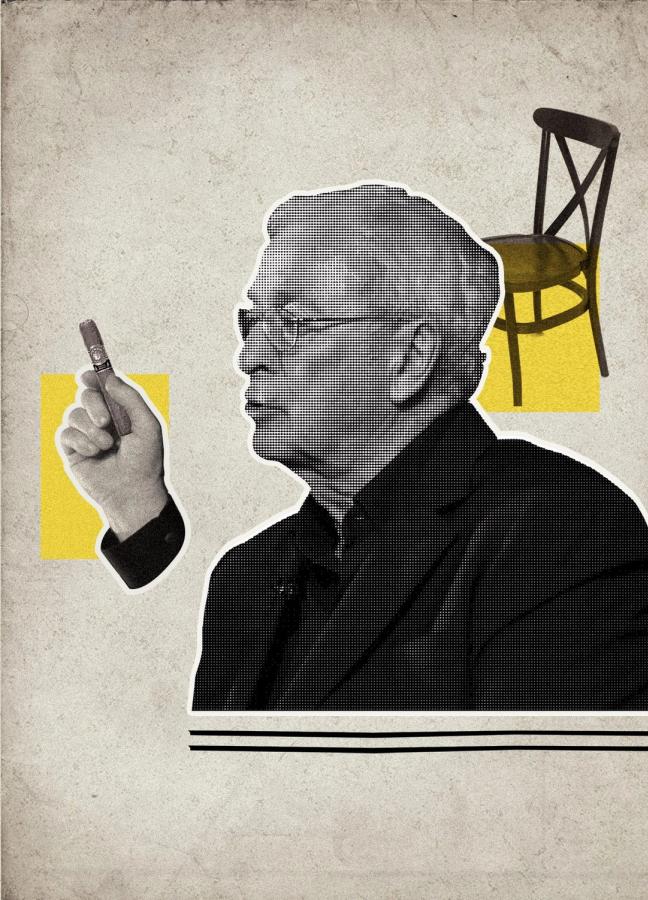
At Elaine’s in New York — the old restaurant of choice of the Upper East Side’s faux-bohemian set — owner Elaine Kaufman used to direct people to the bathroom with the immortal line “turn right at Michael Caine.”
Back in London, you too can orient yourself based on celebrities, or at the very least by being as shallow as them.
Look around you at your immediate neighbours. Do they have good hair and Italian shirting? Are they sitting with someone else’s wife? Or are they excitable tourists with wet raincoats and itchy selfie fingers? Do they add diet coke to there Pomerol, or are they welcomed like a long lost brother with hugs from the maitre d’ and faints from the waitresses?
In restaurantland, the power players tend to stick together. If you aren’t kicking it with the wheat, you’re probably the chaff.
Are you sitting in the kitchen?
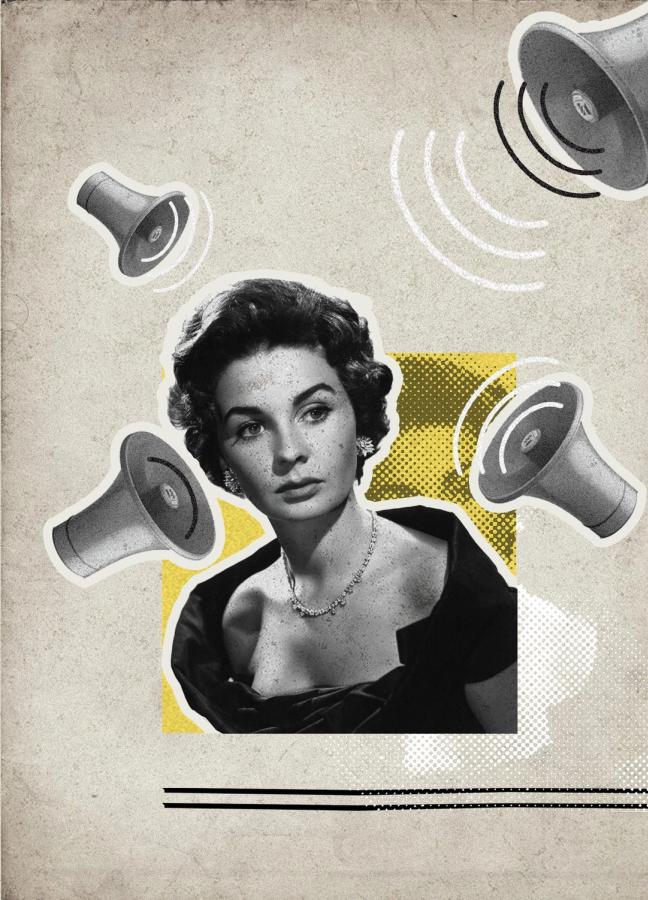
Some people enjoy intimate table service. But even those who don’t mind being called ‘guys’ by a tattoo-sleeved waiter who crouches by your table and doesn’t write down your order might balk at a table by the kitchen doors.
If the waiters jostle into you every thirty seconds en route to the more important booths, and you can scarcely hear your partner over all those continental swear words, and you’re an unwilling witness to the sous chef’s mid-service drug run — then you’re in Siberia, my friend. They don’t call them snow shoes for nothing.
(Notable exceptions: Nuno Mendes’ Mãos — a brilliant concept townhouse where a few choice guests stroll around the chef’s kitchen while he cooks — and Galvin La Chapelle, where the round Table 111 is coveted precisely because of its direct views into the kitchen. It’s also untrue of most hibachi restaurants, but this isn’t 1992.)
Are you sitting in a former shoe cupboard?

Many restaurants now have back rooms or annexes so as to increase their cover count without diluting the precious atmosphere of the main dining room. As a rule of thumb, these are icy tundras.
Basements, converted pantries, mezzanine levels, private rooms, corridors, confessional booths, former lavatory blocks — avoid them all.
If you’re out of sight, you’re out of mind. Like a tree falling in a forest, If no one can see you while you eat, did it really happen? You might as well go to that silly restaurant where everyone eats in the dark. And that place plays havoc with a Turnbull & Asser shirt front.
(Notable exceptions: places like Scott’s, where the front and back room are equal in prestige and service, or somewhere like J Sheekey, where the odd little half-rooms are actually highly prized — Room 4, right at the back, is the place to be here.)
Are you within, um, spitting distance of the loos?
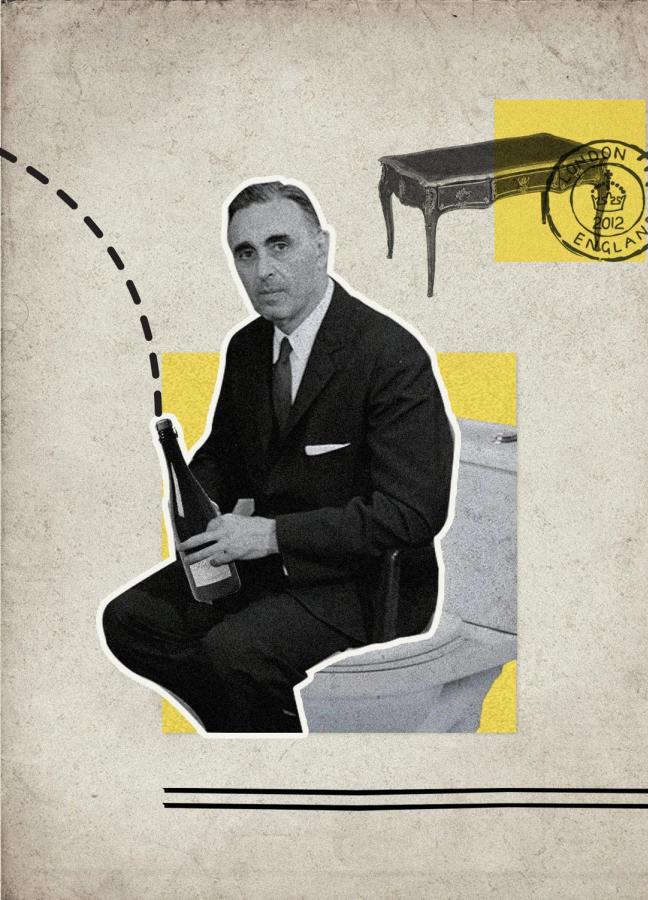
Great if you’ve got a small bladder, terrible if you’ve got a big ego. Remember: Getting pissed on the owner’s dime is very different to getting pissed on by the owner (or his dime, actually).
Are you out in the open?
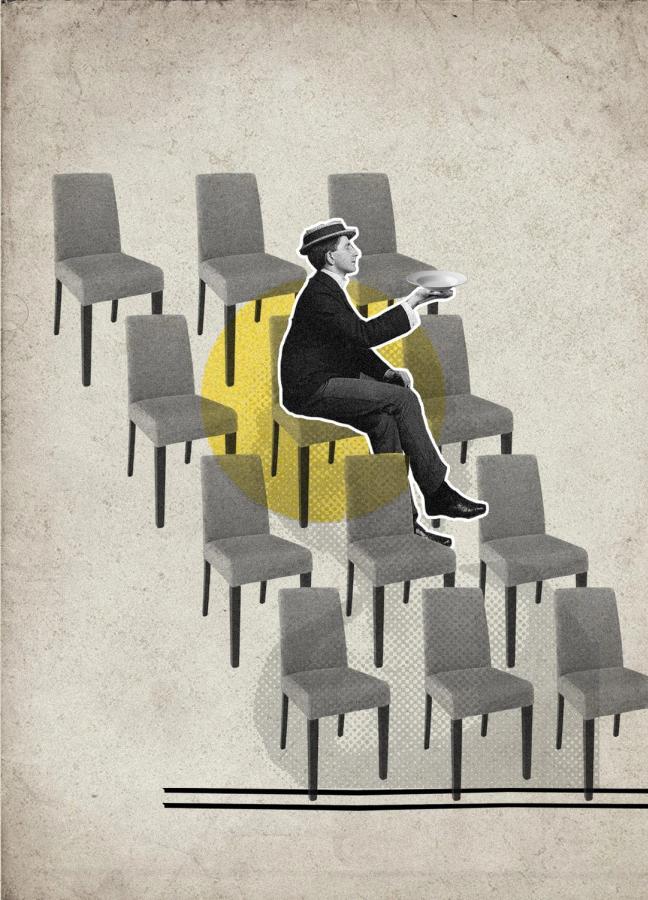
Siberia doesn’t have to be some obscure spot down by the decommissioned cigarette machine. Sometimes it’s right out in the centre of the restaurant.
Aware of the ‘hide in plain sight’ tactics deployed by the SAS and most Hollywood super-producers, many restaurateurs are now concealing the cheap seats out in the open spaces in the middle of the dining room.
You could work this out by process of elimination alone. Most big deals like to have their backs to the wall or their squeezes hidden in the pseudo-privacy of a corner booth. You can see and be seen without ever feeling the fishbowl effect of the middle ground — discretion combined with prominence.
All the most desirable restaurant tables share this formula. At Le Caprice, the coveted table 7 (in the right-angle corner booth in the first part of the dining room) has been passed down from the Princess of Wale to Jeffrey Archer to art dealer Leslie Waddington and finally to Nicholas Coleridge.
At Marcus at the Berkeley, the most-prized window table (also number 7) has a view of the whole room but an element of seclusion.
At Nobu it’s the corner table 4, which has a good vantage point of the comers and go-ers without ever feeling too public. You get the idea.
If you’re surrounded on all sides by other tables, and there’s not a wall, window, banquette or booth nearby, you’re likely to be in the breezes of Siberia. Remember: no man’s land is for nobodies.
Now find out the five dating red flags you should be avoiding…
